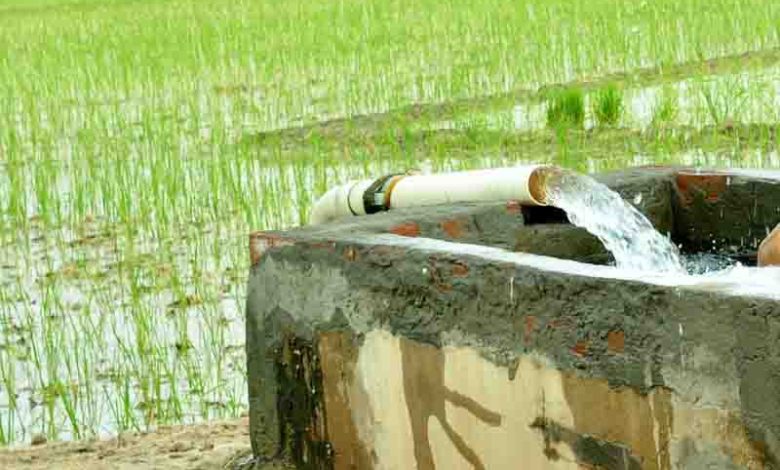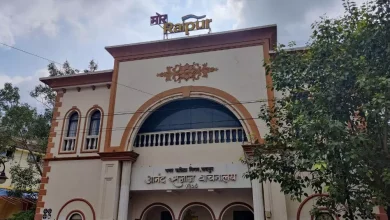Punjab: Water crisis likely to increase due to untimely paddy transplantation

Punjab: Groundwater levels in the state are rapidly depleting as the government has allowed paddy transplantation from June 1, following which around 14 lakh tubewells will draw billions of litres of additional water for irrigation. Paddy is cultivated in 31 lakh hectares in the state, of which 73 per cent is irrigated by tubewells. Since 2014, transplantation of the water-intensive crop usually begins from June 15, aimed at easing pressure on groundwater by keeping the monsoon season in mind. The extension of the date has already been criticised by various quarters, especially agriculture experts, who have expressed apprehensions of the state fast becoming a desert if groundwater extraction continues at the current rate.
Experts have advocated advancing paddy transplantation beyond June 20 as the crop requires huge quantities of water during the irrigation period that goes on till the end of September. According to official data, each tubewell draws 30.24 lakh litres of groundwater per week with an average power supply of eight hours. This means that 14 lakh tubewells will extract 4,385 billion litres of groundwater per week. According to data from Punjab State Electricity Corporation Limited, Punjab has 13.94 lakh tubewell connections, most of which are located in highly groundwater exploited districts. According to data prepared by PSPCL, Ludhiana has the highest number of tubewells (1.17 lakh), followed by Gurdaspur (99,581), Amritsar (93,946), Sangrur (93,669), Patiala (87,788), Jalandhar (87,784) and Ferozepur (86,098). Out of the 150 assessed blocks in Punjab, the Central Ground Water Assessment Board report has classified 114 (76.47 per cent) as ‘overexploited’. Power subsidy bill also jumps
A PSPCL official said the extension of the date is likely to increase the power subsidy bill of the government, which has set aside Rs 20,500 crore for it in the current fiscal. About 10 per cent of the state’s total budget is allocated for providing free power to various consumers, of which free power to farmers for tubewell operations will cost around Rs 10,000 crore – the highest subsidy allocation for any sector. The state is likely to touch a peak power demand of 17,500 MW from June 4, the official said. The average power subsidy in Punjab is around Rs 10,000 per acre annually. The cost goes up to Rs 20,000 per acre in areas like Sangrur, Barnala and Patiala, where the rate of water depletion has been historically high.





